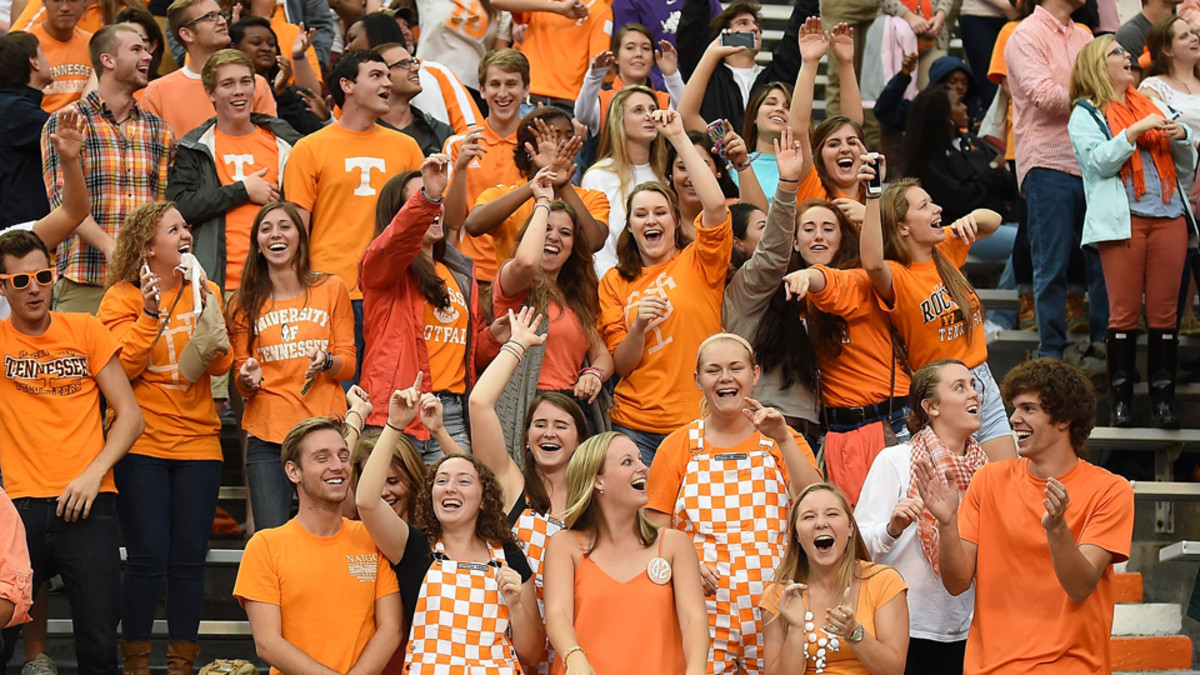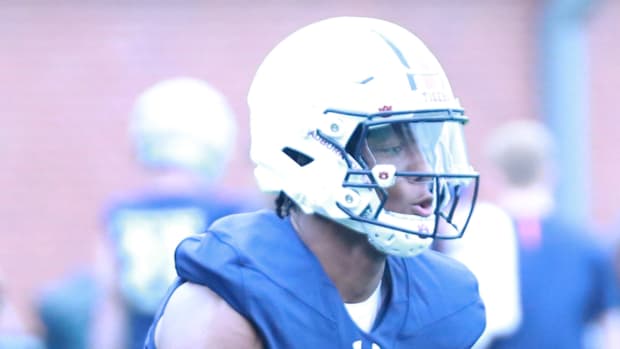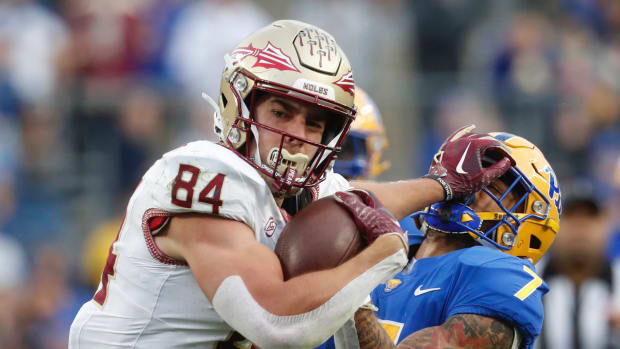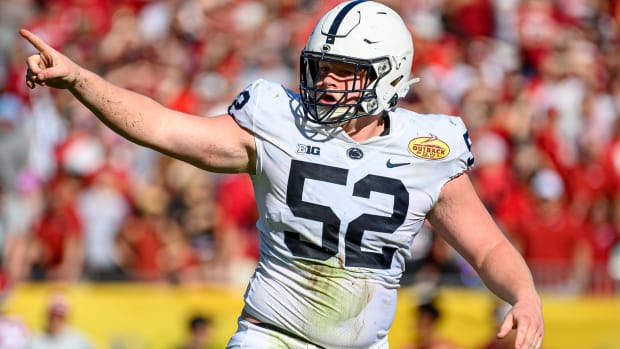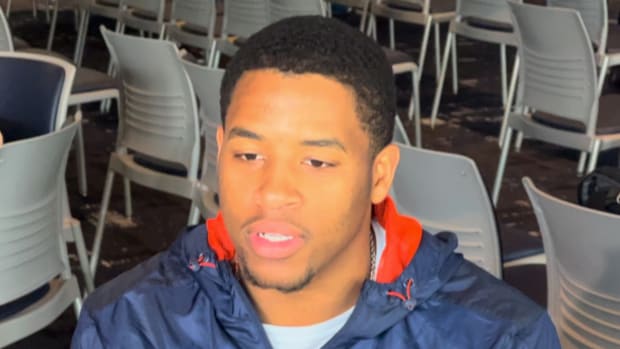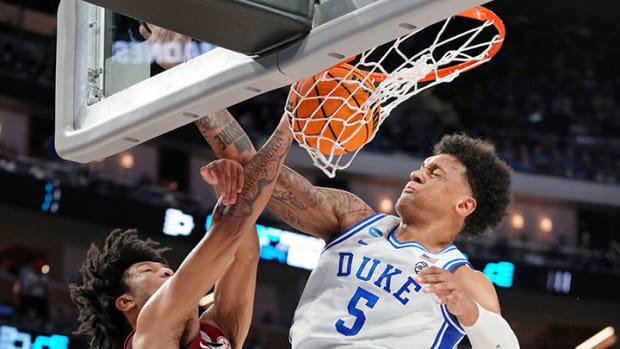Team traditions: The Tennessee Volunteers’ nickname is Army strong
The origin of the University of Tennessee Volunteers can be traced back two hundred years and thousands of miles across the Atlantic Ocean.
The United States and Britain were just a few years removed from the American Revolution, and the simmering tensions eventually led to the War of 1812. The fledgling American republic was in a vulnerable position: young, not so far removed from a major war and unable to agree on the merits of having a standing army.
The war needed soldiers, and so individual states were asked to raise militias. Andrew Jackson, the Tennessee native whose face might be folded in your wallet at this very moment, was appointed colonel of the Tennessee militia.
Jackson raised an army made up almost entirely of volunteers—non-professional soldiers willing to take up arms against the British and their allies. Some estimates put the force at 20,000 strong, and Jackson and his volunteers were able to secure big victories for the United States, including an incredible defeat of the British at the Battle of New Orleans. Winning that battle made Jackson a hero (and eventually president), and when Tennessee raised another massive volunteer army of 30,000 men for the Mexican-American War in 1846, there was no longer a doubt: Tennessee was the “Volunteer State.”
• Check out all the stops on Sport Illustrated's Go Rving Tailgate Tour
Half a century later, the University of Tennessee football team was dubbed “the Volunteers.” Knoxville is Vols country, and the Vols and UT are inextricably linked. Everywhere you look. you’ll see the signature orange of the school’s athletic teams.
Rivalry revisited: The third Saturday in October still for Alabama-Tennessee
The shade? UT Orange, of course, based on the orange daisies that used to dot Knoxville. The color is available at your local hardware store, in case you’re looking to repaint your Vol shrine room. Surely you can find some volunteers to help paint.
Beyond the uniforms, UT Orange is most recognizable at Neyland Stadium, where the checkerboard end zones are decked out in orange and white. The 2014 season marks the 50th anniversary of the sweet creamsicle design’s debut, though Neyland was checkerboard-free for a long stretch thanks to the artificial carpeting that replaced natural grass in 1968. The design came back in 1989 and since then has migrated to UT’s basketball court too.
The final color in UT’s palette? Smokey, the dark gray hue that is (not coincidentally) the name of Knoxville’s most famous topographical feature, the Great Smoky Mountains, as well as UT’s canine mascots, both costumed and Coonhound.
The actual barking Smokey is Smokey X, the adorable Bluetick Coonhound who is the 10th in a line of pups that have sniffed the sidelines at Vols games since 1953. The latest Smokey is also the first to be both born and bred in Tennessee, and does his job for free. That’s right: He’s a volunteer.
